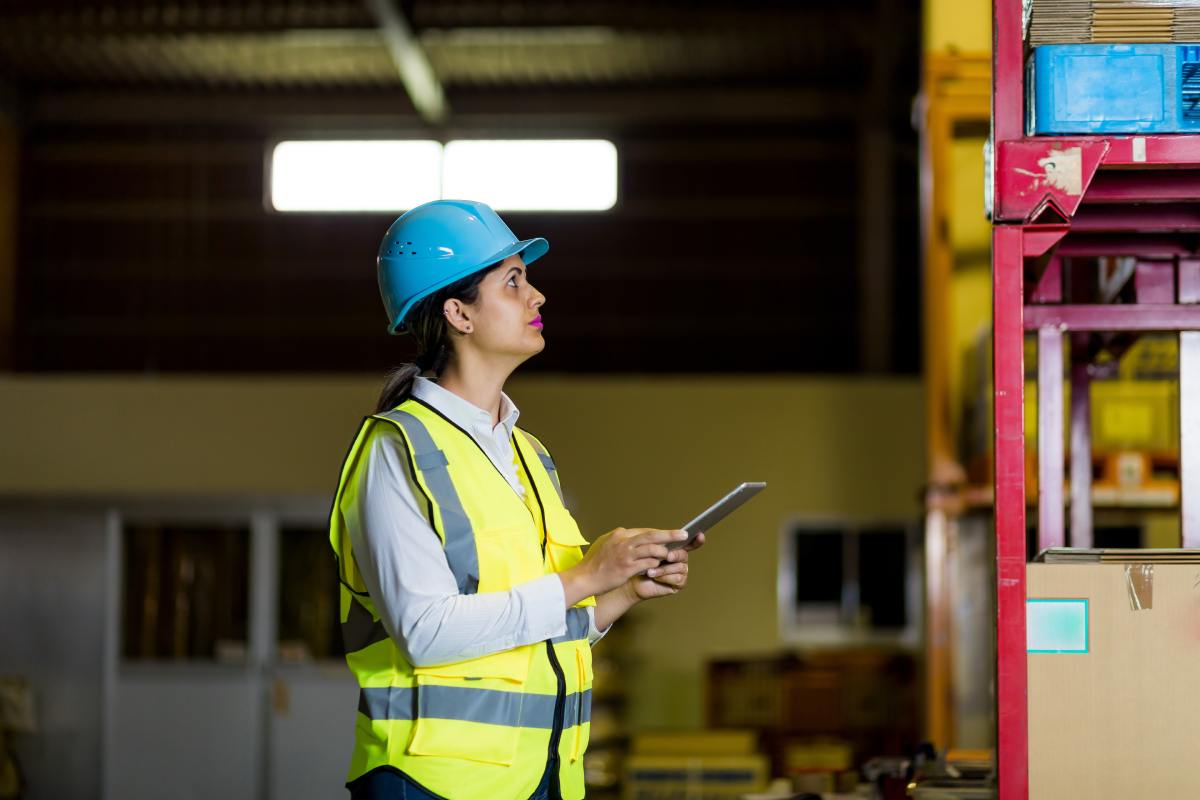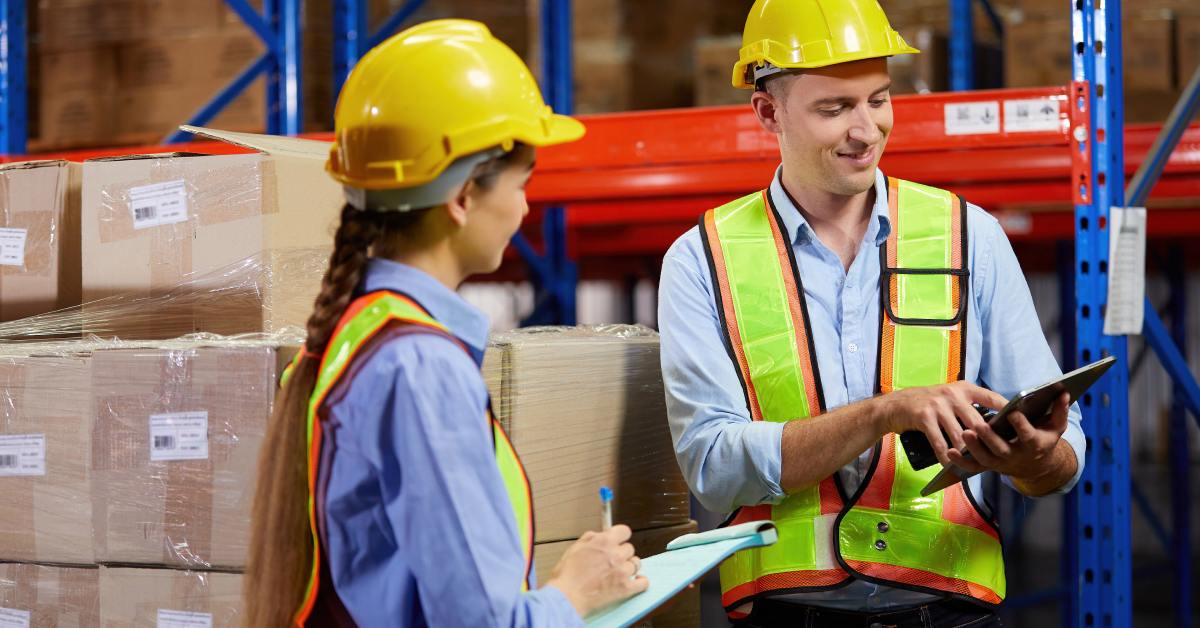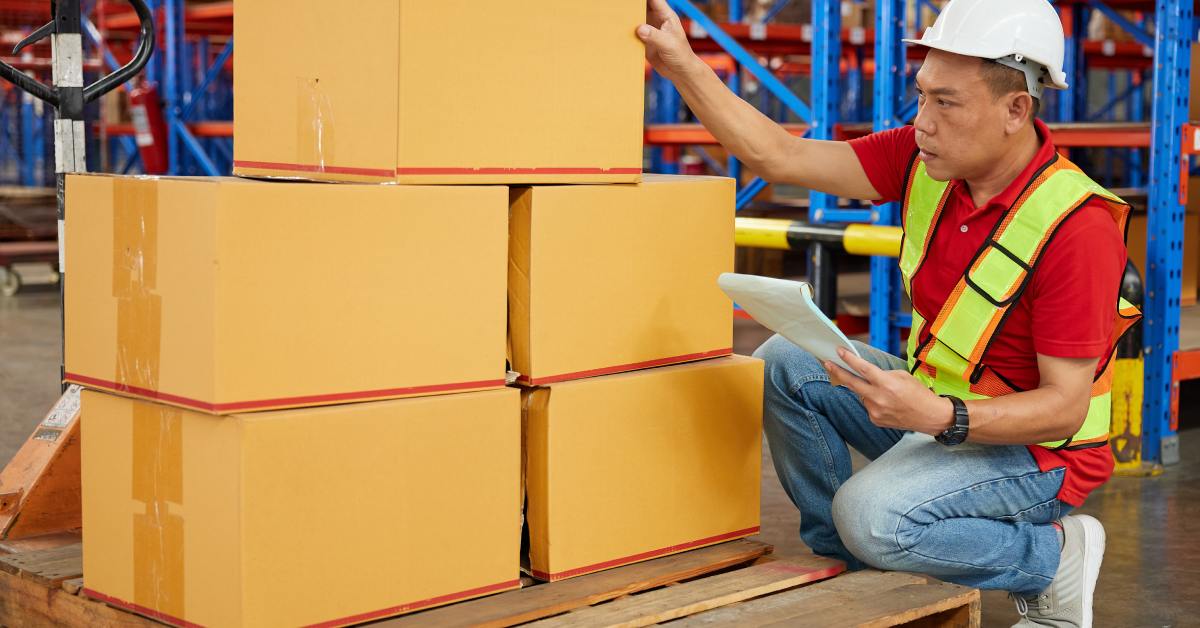
Protecting corrugated containers from contamination is vital for safeguarding products, maintaining hygiene, and ensuring the smooth operation of your business. Contaminants such as moisture, dust, pests, and improper handling can compromise container integrity and potentially affect the goods inside.
By using these four ways to protect corrugated containers from contamination, you can protect your investment and deliver quality goods. Knowing the best practices for storage, handling, and maintenance is crucial.
Proper Storage Methods
Maintaining clean and dry storage conditions is the foundation for preventing contamination. Corrugated containers, while strong and versatile, are highly susceptible to moisture, dirt, and physical damage when stored improperly. Implementing the right storage practices can significantly extend the life of your containers while keeping them secure.
Keep the Area Clean
A key aspect of preservation is keeping the storage area clean and dry. Contaminants can infiltrate through poorly maintained spaces, dust from nearby machinery, moisture from leaks, or pests entering through inadequate facility sealing.
Utilizing climate-controlled spaces can safeguard against humidity and temperature fluctuations, while regular inspections ensure there are no leaks or standing water that could promote mold growth. Frequent cleaning of storage areas is essential to avoid accumulations of dirt and debris that could transfer to the containers.
Regular monitoring of storage conditions ensures mold, mildew, and pests are detected and removed before they cause significant damage. Inspections can also identify any ground-level issues that could affect corrugated materials, safeguarding both the containers and the products they hold.
Place Boxes Higher
Proper elevation is another important strategy to protect corrugated containers. Direct contact with the floor exposes them to moisture, pests, and dirt. Storing containers on pallets, racks, or elevated shelving prevents such risks.
These systems should allow for proper air circulation, keeping the containers sufficiently dry. Cleanliness extends to the pallets themselves, and it’s best to store new and unused containers in protected areas to minimize any exposure to contaminants.

Safe Handling Practices
The way you handle corrugated containers greatly affects their cleanliness and longevity. Improper handling not only increases the risk of contamination but also accelerates wear and tear, greatly reducing their functional lifespan.
Employee training is fundamental to safe handling practices. Workers must avoid placing containers on unsanitary or unsuitable surfaces and, when handling food or pharmaceutical products, use clean gloves to avoid direct contact that could lead to contamination. Proper care when lifting or moving the containers is necessary to prevent tears or dents that might compromise the contents inside or allow external contaminants to enter.
Use Equipment Properly
Using designated equipment is equally important for maintaining clean and intact containers. Clean transport tools, such as forklifts, carts, and dollies, should be in good condition and sanitized regularly to prevent contamination during movement.
Some equipment may need to be specifically assigned to handle cleaner operations or sensitive goods as part of contamination management protocols. Ensuring that the equipment is appropriate for the size and weight of the containers also minimizes risks from stress damage or accidents.
Creating clean zones for handling particularly sensitive products further bolsters contamination prevention efforts. Reserve these zones for critical operations such as packing food or managing pharmaceuticals.
Permit only sanitized equipment in these areas, and personnel should follow stricter hygiene standards, including wearing gloves, masks, or other forms of personal protective equipment (PPE). Establishing these zones helps to reduce inadvertent contamination when dealing with delicate or high-value goods.
Partnering With a Reliable Supplier
The reliability of the supplier you work with influences the quality of corrugated containers. Choosing the right supplier ensures containers meet the necessary hygiene and durability standards, significantly lowering contamination risks during storage and transit.
A dependable supplier prioritizes strict quality standards throughout the manufacturing process. This includes using materials that are safe and consistent, ensuring they meet industry requirements for cleanliness and functionality.
Quality suppliers also implement robust quality control measures and conduct thorough inspections to guarantee their containers are contamination-free before delivery. Packaging specialists such as United Container Company stand out for their commitment to delivering products that comply with cleanliness and durability standards, helping businesses protect their goods at every stage.
Trusted providers are willing to share insights into their processes, from raw material sourcing to quality checks. They may also provide certifications demonstrating adherence to recognized standards such as ISO or food safety compliance. Additionally, good suppliers often offer options for customization, allowing businesses to tailor containers to their specific needs while maintaining optimal cleanliness and functionality.

Preventative Maintenance and Monitoring
Ongoing preventative maintenance ensures that containers remain in perfect condition until they’re ready for use. Inspecting containers is a critical step in the maintenance process. Regular checks can help identify issues such as dents, tears, or crushed corners that compromise a container’s structural integrity. Additionally, any evidence of contamination, such as stains, mold, or odors, should prompt immediate action, including disposal of affected containers.
Environmental factors must also be addressed to maintain container quality. High humidity levels and temperature fluctuations can weaken the structural integrity of corrugated materials, increasing their vulnerability to damage.
Monitoring the storage environment ensures containers remain in optimal condition, and installing dehumidifiers or climate control systems can offer added protection. These solutions are especially valuable for facilities in areas prone to extreme humidity or temperature swings.
Maintain Strict Pest Control Measures
Another essential aspect is pest management. Pests such as rodents and insects can cause significant harm to corrugated containers if left unchecked. To prevent infestations, secure storage spaces with proper insulation and weatherproofing.
Food-safe pest control methods, including nontoxic repellents and regular cleaning, can be employed to ensure the safety of stored goods. Establishing barriers and traps acts as an additional layer of defense against unwanted intrusions.
Keep Your Containers Free From Contamination
By using these four ways to protect corrugated containers from contamination,you can build acomprehensive approach with clean storage spaces, proper handling by trained staff, partnerships with reliable suppliers, and preventative maintenance practices. These steps safeguard the containers and protect the products they carry and the reputation of your business.
By working with a trusted corrugated box supplier such as United Container Company and implementing these strategies, you can ensure your containers remain clean, your packaging process is efficient, and your end products meet the highest quality standards. Taking these precautionary steps today will help maintain cleanliness and reliability across your operations, contributing to long-term success.
Posted by





